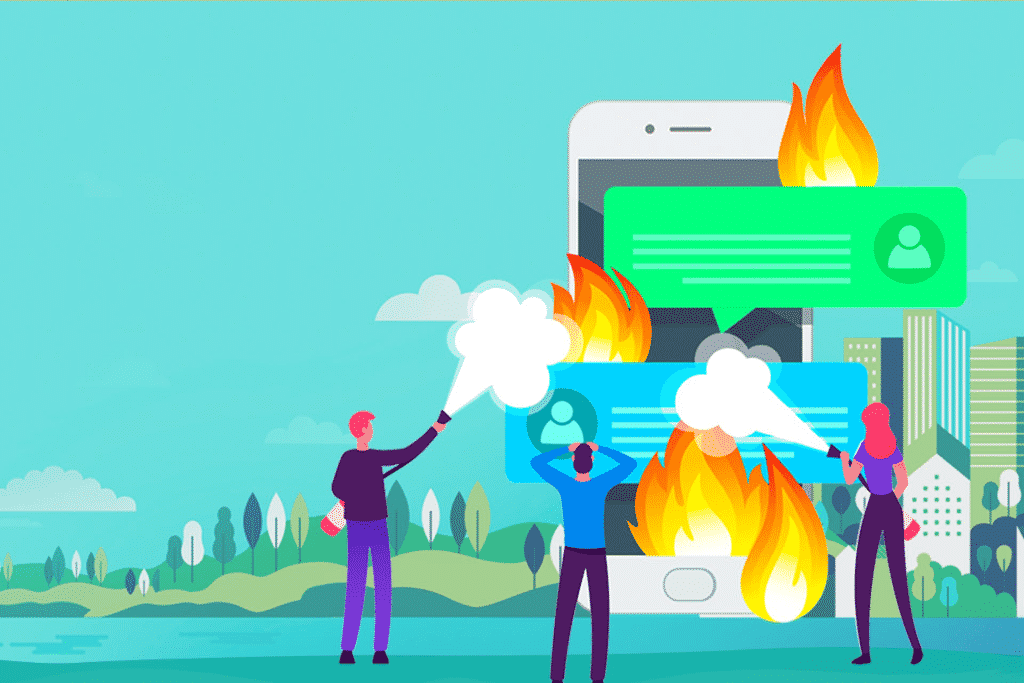
How To Manage A Social Media Crisis?
Social Media Crisis
Social media crisis is a sudden negative activity that can affect your brand’s reputation and adversely affect how you do business. Even one complaint or negative sentence can send your brand identity into a spiral.
Types of social media crises
Social media crises can even be classified into types:
- Multi-channel crisis – extremely dangerous because it has the potential to go viral and generate a great deal of negative publicity very quickly.
- Emerging crisis – If it is not anticipated and dealt with as soon as possible, it can quickly escalate into a bigger scandal.
- Industry crisis – occurs when a vendor or competitor is experiencing a social media crisis. For example, when many fashion brands are suddenly all attacked for non-transparent actions.
- Fake news – in the age of social media, a post can go viral in just one click. The ability to detect rumors about your marketing brand quickly is essential.
It is important to remember not to wait for the situation to calm down on its own – that won’t happen. You have to react immediately.
Follow these steps to manage a social media crisis
Pause All Outbound Messages
If there’s even a hint of a crisis or public storm building, immediately pause all scheduled content queued to post to your social media channels. Notify any social care representatives to shift to monitor-only mode. This can prevent their innocent attempts to respond before the company is ready to make a statement.
Acknowledge An Issue
Your first response should always be “yes, we realize something has happened” even if you have ZERO answers. This will stem the tide of “hey company, did you know?” messages, and give the response team a chance to activate and gather information.
Respond in the place where the crisis first occurs. If it starts on Facebook, post your first response to Facebook then determine where to go next.
Create a Crisis FAQ Page
Determine where the focal point will be for all marketing communications about the crisis.
Create a landing page or microsite on the website, or designate a single social media channel and put all the information about the crisis in one place. This allows you to respond to questions with a link instead of an answer. This saves time and prevents misinterpretation of your responses (especially on Twitter).
Start Responding in Social Media
Once the information is collected and a central FAQ hub is designated, it’s time to roll up the sleeves and let people know you’re in for the long haul. Publish to all active social media accounts a post that identifies:
- A summary of the situation
- An immediate call to action
- Link to FAQ hub for further updates
- Relevant hashtags to help disseminate info
- Safety tips or checklists, if applicable
- Estimated time of interruption or event
Use Visual Signals that Inform
Use visuals and digital graphics along with words to signal a change in standard operating procedure. These images can be deployed across social media accounts as a secondary way to keep audiences informed. Display names on Twitter and Instagram are easy to change. So are profile and cover images.


